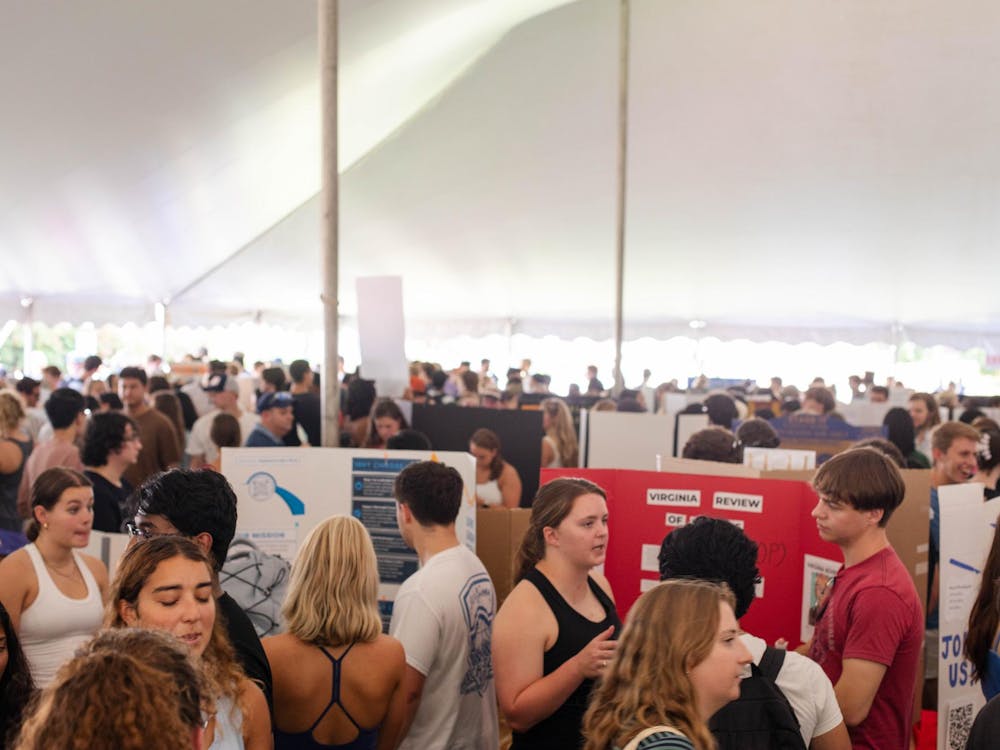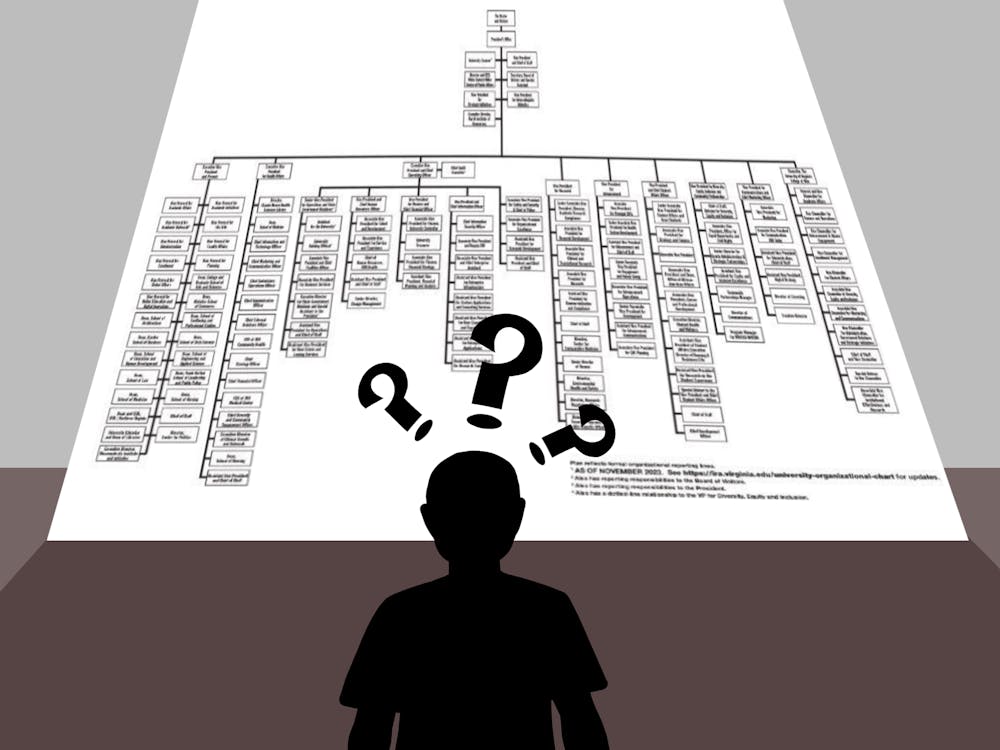American universities have created a culture that silences controversial topics, shelters political groupthink in safe spaces and indoctrinates students with the notion that they’re the most special people on the planet. Thankfully, the University strives to be an exception to this trend in its commitment to free speech and heterogeneity of thought. Although the University strives to preserve intellectual diversity in the classroom, the rise of social media echo-chambers has created a culture in which students are afraid to stand apart from the mob in their day-to-day lives.
For those who have not read “The Coddling of the American Mind,” an “Atlantic” article by former U.Va. professor Jonathan Haidt and Greg Lukianoff, Foundation for Individual Rights in Education President and CEO, drop everything you’re doing and read it right now. Published in 2015, this article unleashed a tidal wave of criticisms against safe spaces, trigger warnings, the disinvitation of guest speakers at college campuses and the perception that controversial speech is akin to violence. But beyond these trends, Haidt and Lukianoff sought to uncover how political groupthink and excessive coddling negatively impact students’ intellectual development.
The rise of social media has created a sort of cliquiness to the way students present themselves online. People are pressured into sharing a post or retweeting a picture lest they be labeled ignorant or a bigot. Students have become so eager to join the ideological bandwagon that they jump to add trendy laptop stickers to their MacBook Pros and upload politically charged memes to their Instagram stories in solidarity with their “movement.”
Now don’t get me wrong, social media can be an excellent way to raise awareness for niche social issues that may otherwise go unnoticed. But it also creates an “us” versus “them” dynamic that engenders hostility between supporters and opponents of particular viewpoints. Social media also often allows students to insulate themselves from their political adversaries, creating a virtual safe space that conforms to their ideological worldview. By following political allies and unfollowing political foes on social media platforms, students can easily shield themselves from alternative perspectives. We like living in a bubble. And we’re afraid that if our bubble pops, our carefully constructed echo-chamber will come tumbling down.
Social media has also created an entirely new etiquette for online interactions. Because social media communication occurs online, students are quick to demonize each other with a particular rudeness that they would rarely have the courage to use in a face-to-face interaction. Constrained to the 280-character limit of a tweet or the 10-second span of an Instagram story, young people often resort to attacks on their political adversaries.
For those who think I’m overreacting, look no further than the comments section of any opinion column published by The Cavalier Daily. Last semester, The Cavalier Daily Facebook page posted a video showing opinion columnists reading the mean comments people left on their columns. We have thick skin and can handle the vitriol, but the video was meant to serve as a reminder that people who have different opinions than you have feelings too.
Much of this animosity can be explained by Americans’ inaccurate perceptions of political polarization. According to a recent study, “Democrats and Republicans imagine almost twice as many of their political opponents as reality hold views they consider ‘extreme.’” Ironically, “the more news people consumed, the larger their Perception Gap.” Our news and social media platforms are so biased that the more you read, the more inaccurate your perceptions of other parties become. So as it turns out, we’re not as divided as we think we are.
But people are not simply frustrated by their perceptions of other parties’ views, they are afraid that they pose a legitimate threat to the country’s stability. People on both sides of the aisle have gone so far as to say that ideas — mere ideas — threaten people’s right to exist. All ideas are not equal, that should go without saying. But to say that an idea threatens your right to exist is to seriously underestimate the human capacity to handle adversity.
The purpose of attending a four-year institution is to expose yourself to ideas that make you uncomfortable. Once you step foot on Grounds in the fall, strive to make friendships with people who voted for someone else in the 2016 presidential election. Bury yourself in literature that conflicts with your worldview. Take a break from the toxicity of social media. But most of all, challenge yourself to actually confront your own beliefs.
Dean of Students Allen Groves has some good advice for us. After a private religious gathering of several University students was disrupted by other students last year, Groves released a statement to the University community: “With rare exception, there is danger in assuming one's chosen side of an issue is free of fallibility or otherwise not open to question.” College is a time to figure out who you are independent from the people who pressure you to think a certain way. This year, have the courage to stand apart from the mob and discover what really matters most to you.
Audrey Fahlberg is an Opinion Editor for The Cavalier Daily. She can be reached at a.fahlberg@cavalierdaily.com.





